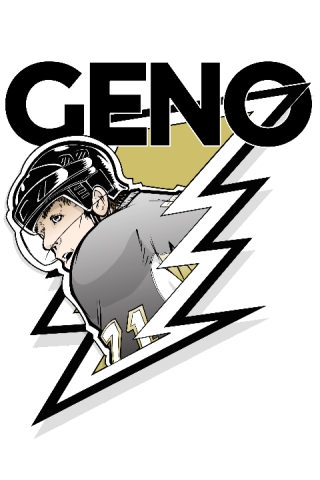Next Friday, March 4th, will mark the beginning of spring training games between MLB teams. There are a handful of exhibition games before then where MLB split squads will play college squads, but the “real” spring games get underway on the fourth.
As a fan of baseball, the anticipation and excitement for the commencement of live games is very real and palpable. But as a fantasy baseball player, the excitement should be tempered by the understanding that spring training numbers mean very little when evaluating the rising prospect or the potential bounce back fading star.
It seems like almost every year a hitter no one has ever heard of jacks ten home runs over the course of spring training to capture the attention of the twenty four hour sports news machine only to be assigned to AA and never heard from again. This phenomenon happens less frequently with pitchers due to limited innings, but a three strikeout inning from Arizona has been known to make the highlight reel on SportsCenter.
What are the Problems with Spring Numbers?
The problem with spring numbers are twofold.
One – the sample size is very small. Let’s say, for the sake of argument, that a hitting prospect managed to play every day in spring training (not terribly likely, but play along), and he got three PA per game. That wouldn’t even get to 100 PA, or roughly 1/6th of a full time player over the course of a season in the bigs.
Two – the competition isn’t consistently at the level faced in the major leagues during the season. Both hitters and pitchers may be facing seasoned veterans or they may be facing developing prospects invited to attend spring training but with the expectations of starting the season in the minors. A box score of 2-3 with a HR and 3 RBI doesn’t factor in who the hits came off of. And even if you were to dig deeper and find out the pitcher of record, that doesn’t tell you a lot either. Maybe that guy is working on a new pitch and is using the outing as an opportunity to test its effectiveness.
On the flip side, poor spring training numbers also don’t tell us much for all the same reasons. The only time anyone ever notices a 9 for 50 stretch is in spring training, at the very beginning of the season, and possibly in the playoffs. The best hitters in the game have slumps. Those slumps only become magnified under the microscope of small sample sizes. Nelson Cruz is going to hit 30-40 HR (barring injury) whether he hits .360 and 12 HR in spring training or .230 and 4 HR. It’s just too small of a sample to mean much.
And remember that hitter who had the big game off the pitcher who was experimenting with a new pitch? That very same pitcher may either perfect that pitch or ditch it once the season begins. The greatest predictor of future performance is past performance and performance trends. If a pitcher has been effective in the past, he should be effective in the future unless there is a trend showing decline, or vice versa.
Are Spring Numbers Completely Meaningless?
The only time it might be wise to consider spring numbers for the purposes of fantasy is if something has clearly changed. Does a hitter have a different approach at the plate, a new stance, a new swing? Has a pitcher added a pitch, altered his delivery, or exhibited better control and command? If so, dig deeper into the underlying numbers. The walk rate and strike out rate (for both pitchers and hitters) is a good place to begin.
Just Enjoy the Games – Baseball is Back
The bottom line here is that you should be very careful about placing too much emphasis on spring numbers. Don’t panic when a hitter you’re thinking of targeting gets off to a slow start and don’t get overly excited when a young prospect has a hot month in the desert. Enjoy the fact that baseball games will be back in about a week, but don’t let a small sample size and mixed competition unduly influence your fantasy decisions.
Add The Sports Daily to your Google News Feed!
